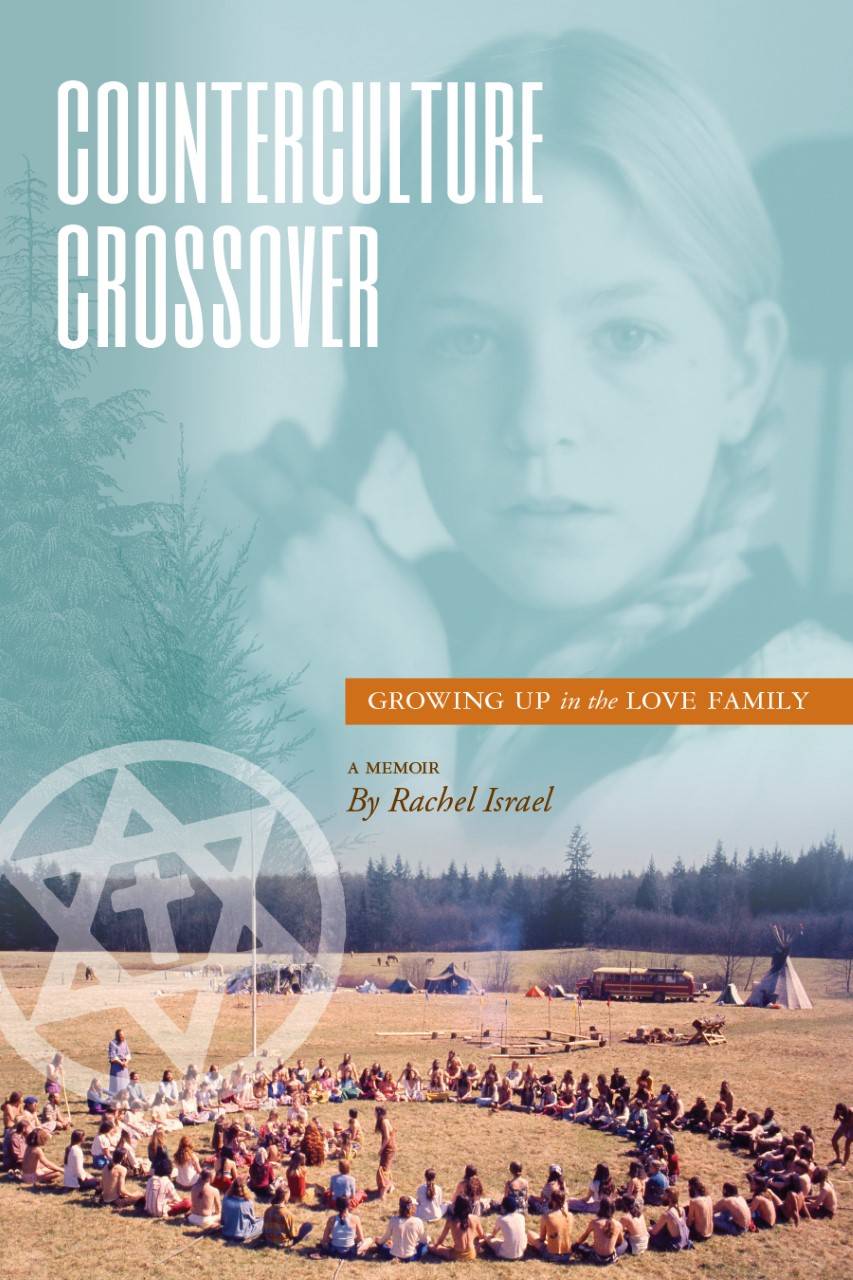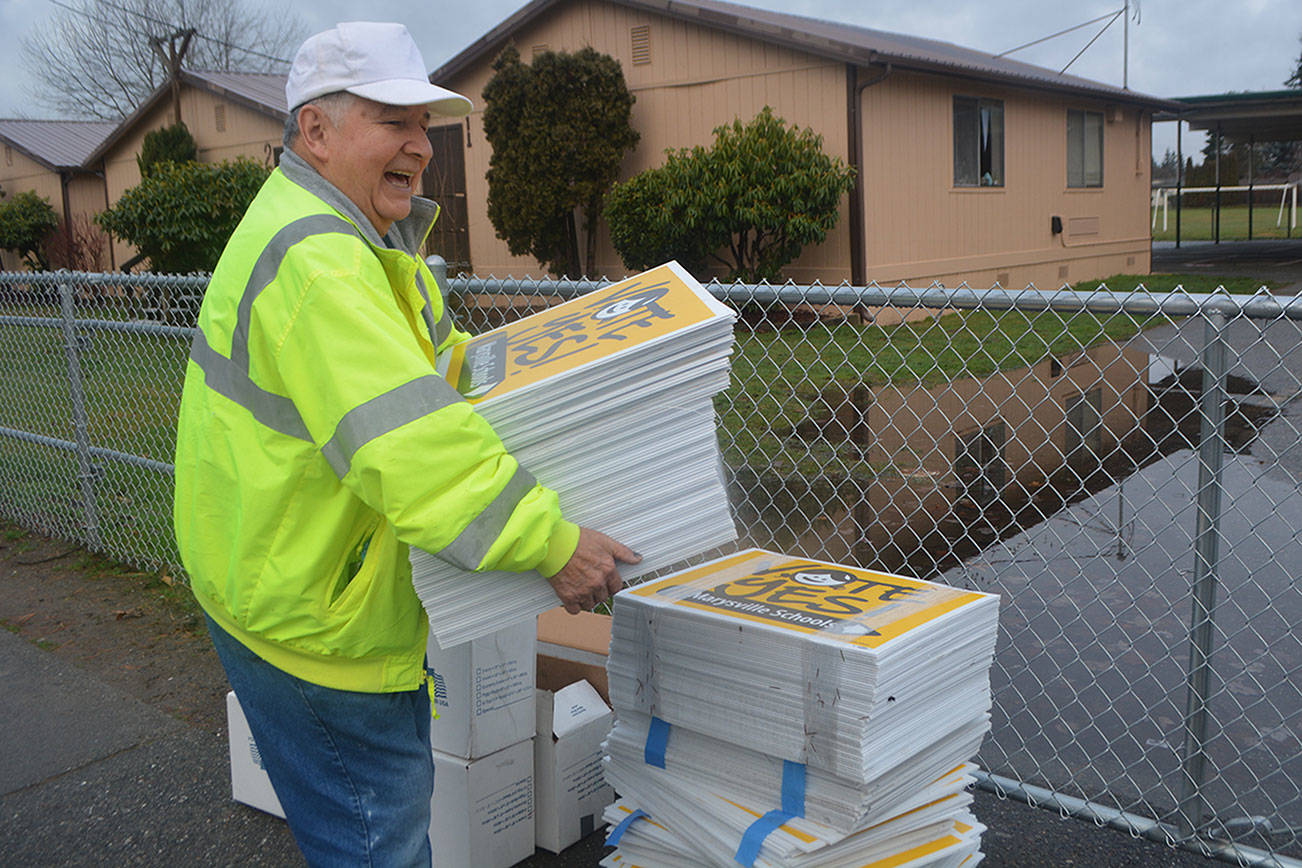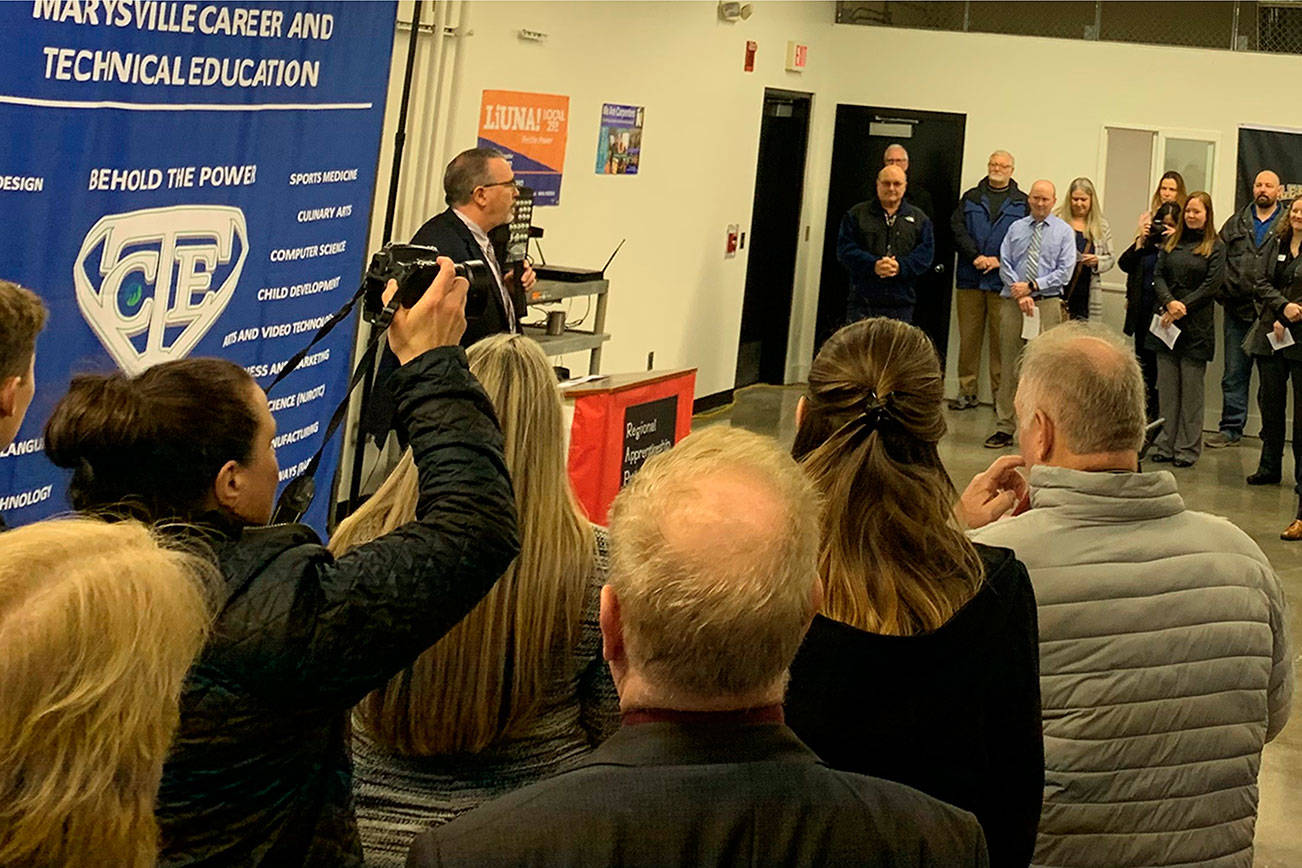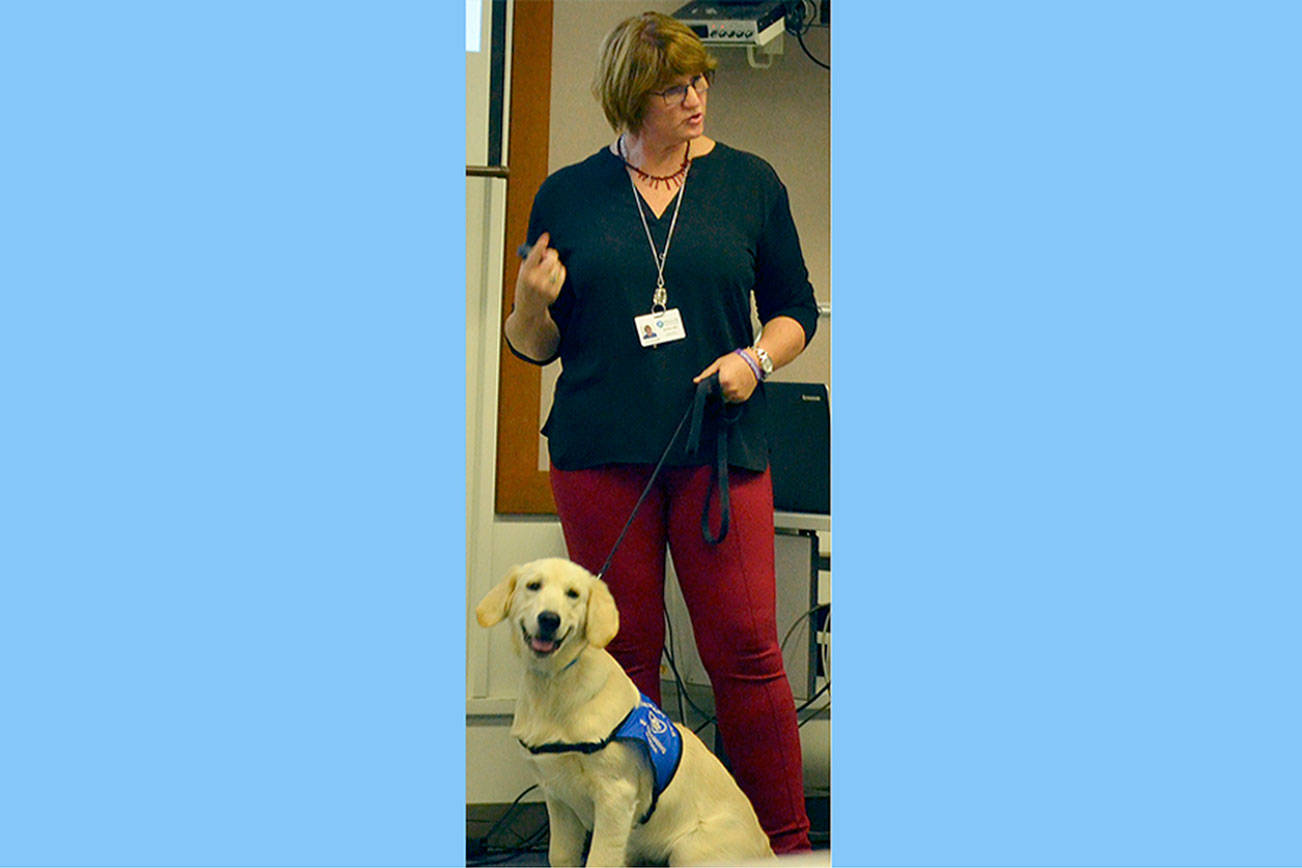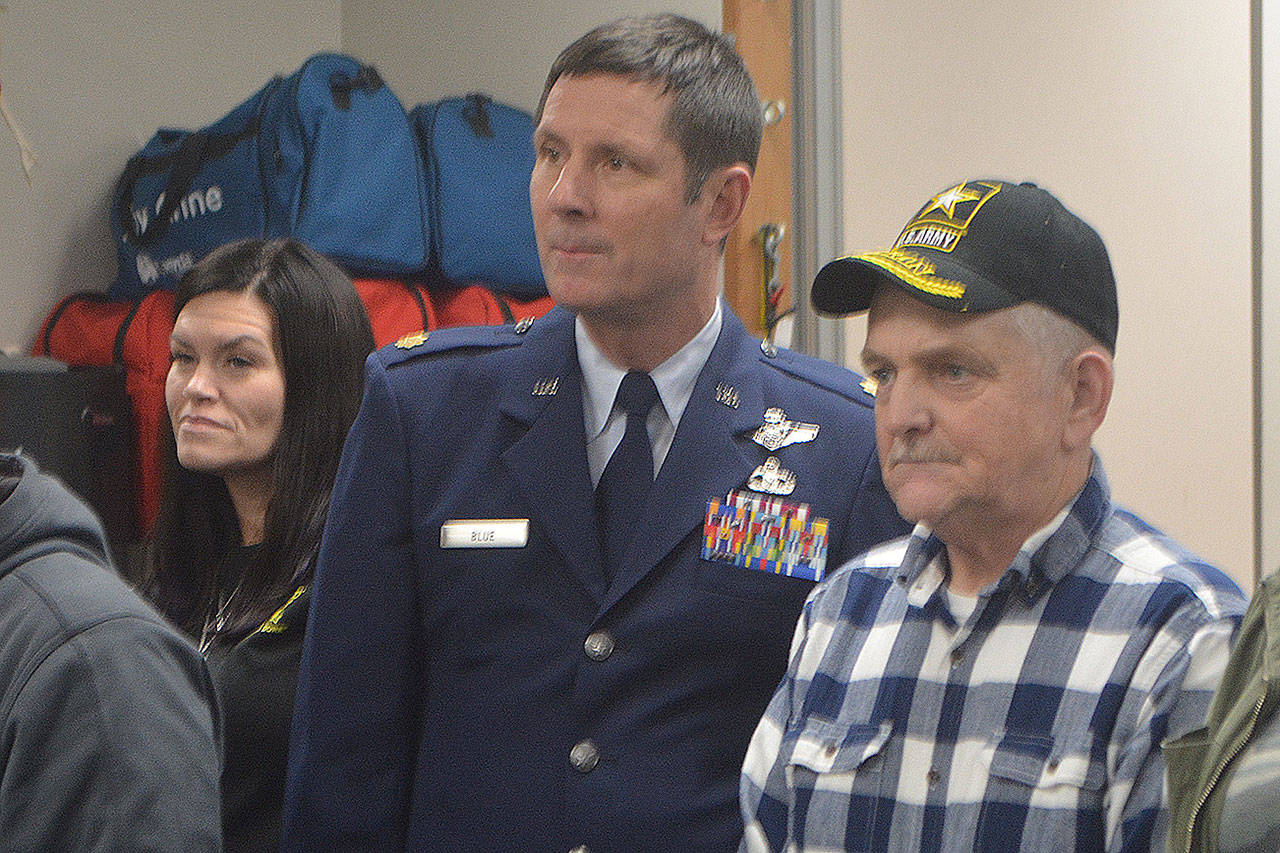Last in a series.
Rachel Israel was taken by her mother to live in the Love Israel commune outside of Arlington in the 1970s when she was almost 7 years old.
She lived there for eight years. She has written her memoirs called, “Counterculture Crossover: Growing up in the Love Family.”
The following is the author’s condensed overview of her book.
A lot of people want to change the world, but what can we learn from those who have tried?
Counterculture Crossover is a memoir that tells the story of Rachel Israel’s childhood growing up in the Love Israel Family, the largest and best known communal group in Washington to emerge during the 1960s and 1970s counterculture.
Rachel’s mother, Karen, a free-spirited idealist, wanted nothing to do with conventional, mainstream society, so she dropped out and lived off-the-grid: Rachel’s earliest memories are of living on a tropical hippie beach, then she recalls her life in the wilderness of Alaska, living in a teepee and early pioneer-style log cabins.
Rachel spent the next eight years of her childhood being raised communally in the Love Family, where members took on new identities and gave up everything they owned to follow a charismatic leader who called himself Love Israel. The Love Family was an isolated, patriarchal, religious community that did not go by the rules or laws of modern society, where members sought to live the utopian dream, but ended up living without their rights, without autonomy.
In her memoir, Rachel exposes the darkest secrets that have never been revealed about the community, including group marriage, polygamy, sacrament rituals, and animal sacrifice.
She writes about what it was like to live in Army tents and yurts on the communal farm, and about cult deprogrammers kidnapping Love Israel members. Then, without warning, the community fell apart, and Rachel was forced to adjust to life in the outside world that she was unprepared for.
The first few chapters of the book talk about Rachel’s early life growing up on hippie Makena beach in Maui. There were sometimes clashes resulting in violence between the hippies and the locals. She was on the road with her mom leading a counterculture lifestyle when they met the Love Israel Family in Homer, Alaska.
As part of that lifestyle, Rachel was separated from her mom and raised communally. The discipline of children was strict. They were told how to dress, how to eat, and there were many other customs she had to learn. It was a completely different world. She was baptized, and her name was changed to Rachel Israel.
Rachel then writes about the Love Family hierarchy. Love, himself, was in power, but there was an elder circle, and the membership was divided into households. The power of a child’s actual parents was limited.
Family was an autocracy. Women were submissive in the hierarchy. She then explains marriage, sex and relationships in the Love Family. Group marriage and sexual relationships were governed by Love. It was the Family’s version of polygamy.
The book then goes into a physical description of the Ranch in Arlington and its role in the evolution of the Love Family. They lived in Army tents and yurts without electricity or running hot water. Rachel goes on to write about Love Family holidays, including her memories of animal sacrifices.
She talks about education in the Love Family and clashes between what Love wanted them to learn and the teacher’s ideas of what they should learn. That clash led to some book burnings. She explains how the Love Family survived, since members didn’t work jobs.
The next chapter talks about being raised without modern medicine. She discusses prayer healings and the spirituality underlying the Love Family’s belief system. She talks about her own injury that resulted in her being sent to a hospital. She tells stories of deaths that occurred, including babies. And she writes about epidemics in the commune, including lice and hepatitis.
Rachel then writes about some of the fun times she had at the commune – especially being part of a children’s drama group that traveled and performed all over. They even performed at Rainbow gatherings and with the legendary Patch Adams.
The final chapters deal with the breakup of the Family. Things were frightening and out of order. Rules were being broken. Key members were leaving. As a child, Rachel saw disorganization and chaos. Leaving the commune was a culture shock. It was a very frightening and stressful time. It was a challenge just to survive outside the community.
She discusses the damage that the community did to her relationship with her mom, and how ex-members and Love’s loyalists became enemies.
The book ends with her memories of going to ex-member functions and events. She discusses memories of going back to the Ranch in Arlington to visit. And she discusses how the Love Family affected her and what she learned – positively and negatively.
•For more on the book go to rachelisrael.net
